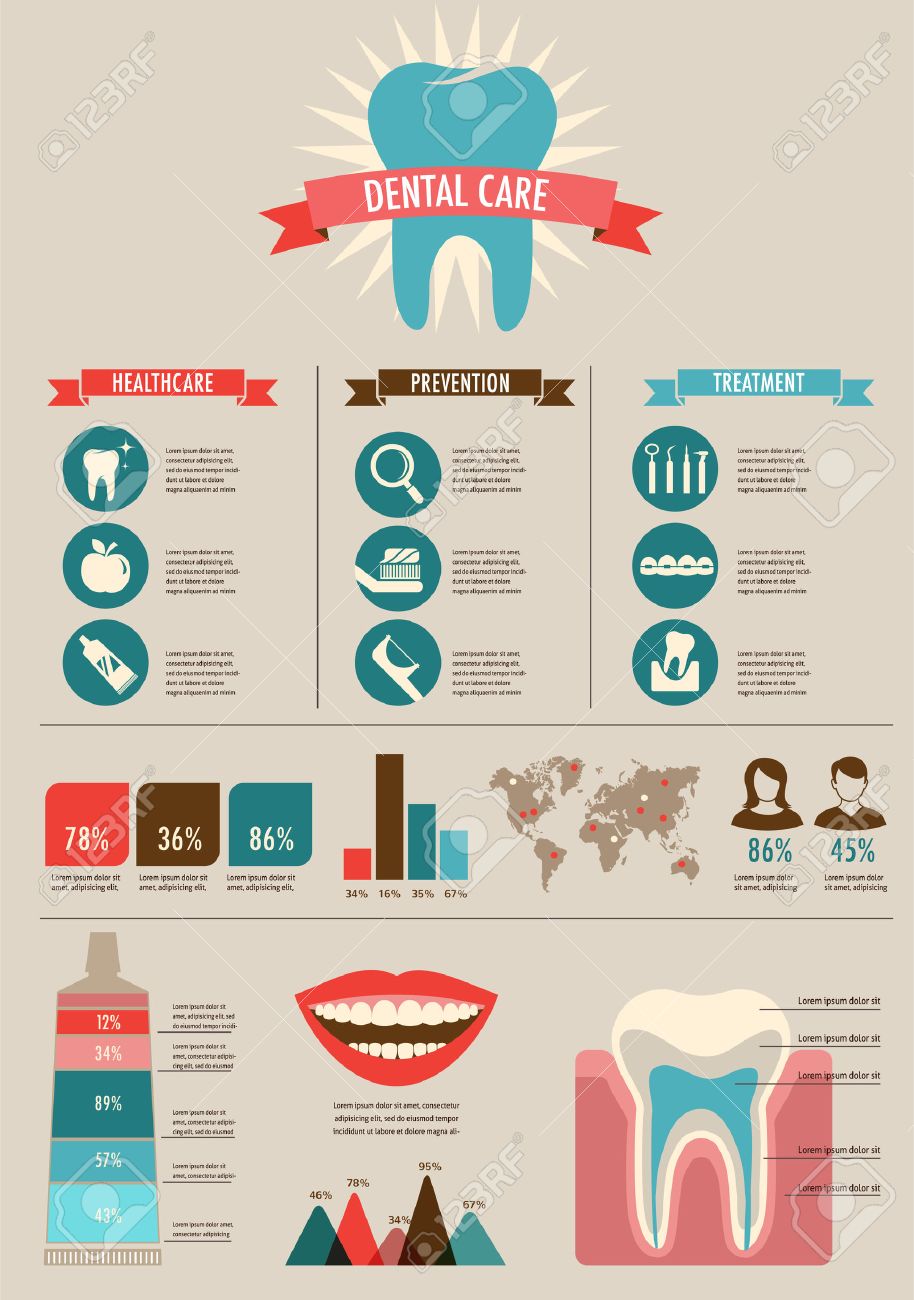Be Planned For Unanticipated Dental Emergency Situations By Acknowledging The Indicators Of Injury And Recognizing When To Look For Urgent Treatment
Be Planned For Unanticipated Dental Emergency Situations By Acknowledging The Indicators Of Injury And Recognizing When To Look For Urgent Treatment
Blog Article
Content Author-Hanley Schaefer
If you really feel an unexpected jolt of discomfort or see a tooth injury, it can be disturbing. Yet just how do you identify if it's a dental emergency that requires prompt focus? Comprehending the vital indicators and knowing when to seek aid can make all the difference in maintaining your dental health. Knowing when to act promptly could indicate the distinction between a quick fix and more comprehensive treatment.
Common Types of Dental Injury
What're the common kinds of oral trauma that you should know?
Accidents can take place, leading to numerous kinds of oral injuries. One typical sort of oral injury is a fractured tooth. This can happen from biting down on something hard or experiencing a blow to the face.
https://hydrogenperoxideteeth94050.dgbloggers.com/31078962/discover-powerful-strategies-to-get-rid-of-oral-stress-and-anxiety-and-anxiety-face-your-fears-head-on-and-obtain-exceptional-oral-wellness-beginning-today is a broken tooth, where a part of the tooth can chip off. Furthermore, you may experience a knocked-out tooth, which can take place during sports or drops. It's essential to manage the tooth thoroughly and seek prompt dental attention.
Dental trauma can also include a tooth that has actually been pushed out of setting or loosened because of an injury. This type of injury needs punctual treatment to conserve the tooth.
Finally, soft cells injuries in the mouth, such as cuts, can likewise occur from accidents. Knowing about these typical kinds of dental trauma can aid you act promptly and appropriately in case of an emergency.
Indicators of Dental Emergencies
Recognizing the indicators of oral emergency situations is vital for prompt activity and proper therapy. If you experience serious tooth pain that's constant and pain, it could indicate an underlying concern that needs immediate interest.
Swelling in the gum tissues, face, or jaw can likewise signify a dental emergency situation, especially if it's accompanied by pain or high temperature. Any type of kind of injury to the mouth causing a cracked, damaged, or knocked-out tooth must be dealt with as an emergency situation to avoid further damages and potential infection.
Hemorrhaging from the mouth that doesn't quit after using pressure for a couple of minutes is an additional red flag that you should look for emergency situation oral treatment. In addition, if you observe any indicators of infection such as pus, a foul taste in your mouth, or a fever, it's important to see a dentist as soon as possible.
Overlooking these indications could lead to a lot more major difficulties, so it's essential to act swiftly when faced with a prospective dental emergency.
Importance of Immediate Therapy
Trigger activity and immediate therapy are crucial in addressing oral emergency situations to avoid further problems and make certain optimal end results for your dental wellness.
When confronted with an oral emergency, such as a knocked-out tooth or extreme toothache, seeking immediate therapy can make a significant distinction in conserving your tooth and reducing discomfort. Postponing therapy can cause infection, boosted discomfort, and even long-term damages to your teeth and gum tissues.
By seeking emergency situation dental treatment promptly, you boost the possibilities of effective therapy and remediation. https://www.globenewswire.com/en/news-release/2023/05/04/2661787/0/en/Dental-Implants-Market-Size-Set-to-Touch-USD-6-48-billion-With-the-CAGR-of-6-5-by-2029-BlueWeave-Consulting.html have the necessary abilities and tools to deal with emergency situations properly, minimizing the threat of long-lasting consequences.
Furthermore, immediate treatment can help manage pain and pain, allowing you to resume your day-to-day tasks without interruption.
Conclusion
To conclude, understanding oral trauma and knowing when to look for emergency treatment is vital for keeping oral wellness.
By identifying typical types of dental injuries and the indicators of dental emergencies, you can make certain punctual like prevent additional damages and complications.
Remember, seeking prompt treatment can conserve teeth, decrease pain, and boost the opportunities of effective healing.
Do not wait to seek aid from an oral specialist if you experience any type of indications of dental trauma.
